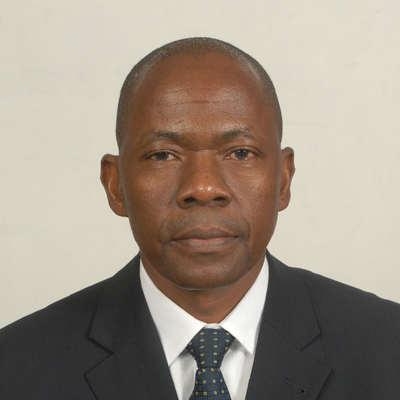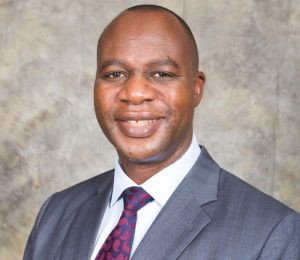
ZIMBABWE has been losing US$400 million annually through the referral system, at a time the nation was in dire need of the foreign currency, Finance and Economic Development minister Mthuli Ncube has said.
BY MTHANDAZO NYONI
Referral, according to World Health Organisation, can be defined as a process whereby a health worker at one level of the health system experiencing insufficient resources (drugs, equipment, skills) to manage a clinical condition, seeks the assistance of a better or differently resourced facility at the same or higher level or take over the management of the client’s case.
Responding to questions from captains of industry who attended the post-mid-term budget review hosted by Alpha Media Holdings (AMH) in conjunction with the Zimbabwe Economics Society in Bulawayo on Friday, Ncube said the referral system has been bleeding the country.
“You know what has been happening because of this US dollar drug? What was happening is that the doctors were spending a lot of time acting as agents for hospital facilities based in India and they were earning a fee for it,” Ncube said.
“So, rather than treating my own friend here Busisa (Moyo), they will say ‘go to India and get good treatment’. Of course, you will get treated, but they earn a fee out of it. There is no incentive and the fee is on one currency, the US dollar.
“So there is a whole industry, the referral industry, that earns US dollars through referring patients to India and other countries. So the use of the US dollar also distorted the incentive system . . . We were losing US$400 million a year through this referral system,” he said, adding that there were too many regulatory bottlenecks in the health sector that needed to be addressed.
“So the sector sends Busisa to India for treatment on referral, but that doctor in India if he wants to come and treat Busisa here is not allowed by the same medical council. So there are regulatory bottlenecks in the sector, but we have got this pervasive incentive paid through hard US dollars that forces the patients to be sent out,” he explained.
- Chamisa under fire over US$120K donation
- Mavhunga puts DeMbare into Chibuku quarterfinals
- Pension funds bet on Cabora Bassa oilfields
- Councils defy govt fire tender directive
Keep Reading
“So there are few things that need to be cleaned out in the health sector. I believe we can launch a successful medical tourism industry in this country in the next few years. We can do it provided we make it easy for the children out there to practise here. As a government we are going to deal with it.”
The public sector in Zimbabwe is heavily dependent on donated drugs funded by humanitarian agencies, such as the United Nations Children’s Fund, Global Fund, United States’ President’s Emergency Plan for Aids Relief and the United Kingdom’s Department for International Development, among others.
More than 90% of drugs in public hospitals are supplied by donors.











